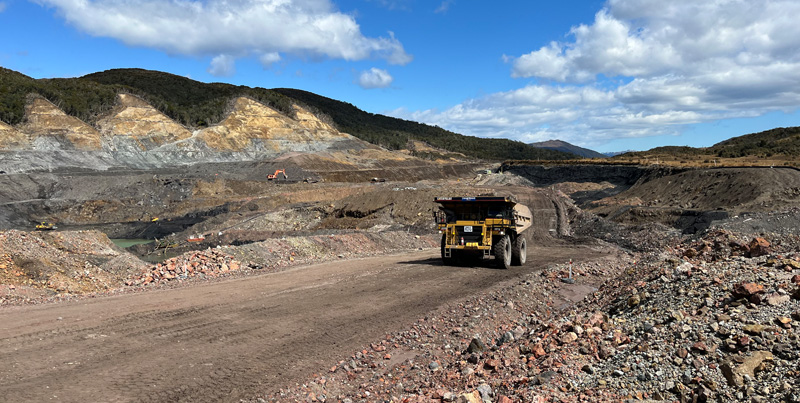Why we need mining
How the business of
mining works
Mining is essential to life as we know it. Almost everything we depend on every day is either made from minerals or relies on minerals for its production and distribution. And a green tech future will be reliant on even more minerals being mined than are today.
New Zealand has a small but highly regarded mining industry. Mining companies in New Zealand work to very high regulated standards across all the disciplines that make up the industry.
There are four main components to getting a workable mine in New Zealand – prospecting, exploration, development and finally, mining. It is a long and expensive process to get to a working mine. The first two stages establish if there is an economic deposit, that is, if you can access it and bring enough of it out to cover the costs of extracting it and make a viable business.
Prospecting
Prospecting is the first stage of looking for an economic ore deposit. This generally occurs over large areas, often over thousands of square kilometres. Prospecting activities include:
-
- aerial surveying
- studying existing maps and data
- retrieving and analysing historic mining records
- field mapping
- and/or chip sampling.
The environmental impact of these activities is negligible to non-existent.
Exploration
Exploration is more intensive with a smaller footprint, typically over hundreds of square kilometres or less.
Exploration is carried out in areas identified during the prospecting phase, and typically the success rate is low – on average, one economic ore deposit will be found for every 1,000 prospects.
A key success factor for exploration is testing and understanding the geological setting, that is, the geological factors that caused the resource to be where it is, and the extent and grade of the resource itself. For almost all minerals, drilling of rock core is necessary to understand these factors.
The level of environmental impact is low. Drill sites are rehabilitated. Drilling is expensive and is, therefore, not carried out over large areas.
Development
When a potentially economic ore resource is identified a company will carry out feasibility studies. These involve more detailed engineering, financial, social, and environmental studies covering all aspects of the project including iwi, community and stakeholder consultation, and progressively de-risking the project from a financial perspective.
The culmination of these studies has three components: consents, so that all activities proposed can be carried out legally and responsibly; bankability, so that funds (debt and equity) can be raised; and approval.
Mining
Every mine is different and there are many approaches to mining depending on a myriad of factors. The geological setting of the ore deposit will normally dictate the mining method.
Resource management consent
New Zealand has a very effective regulatory environment to govern mining activities.
A company that wants to explore or mine in New Zealand must navigate three resource management regimes:
-
- Title for the mineral rights if the mineral is Crown-owned. These are the mining (or prospecting, or exploration) permits
- Land access; the landowner can veto the proposal – in reality, this seldom happens because the value of the mine is so much greater than other land uses
- Consents for activities under the Resource Management Act, and other relevant legislation.
This regime aims to ensure that mineral sector activities are carried out safely and responsibly and that the Crown’s mineral assets are developed efficiently and effectively to provide a good return to the country.







